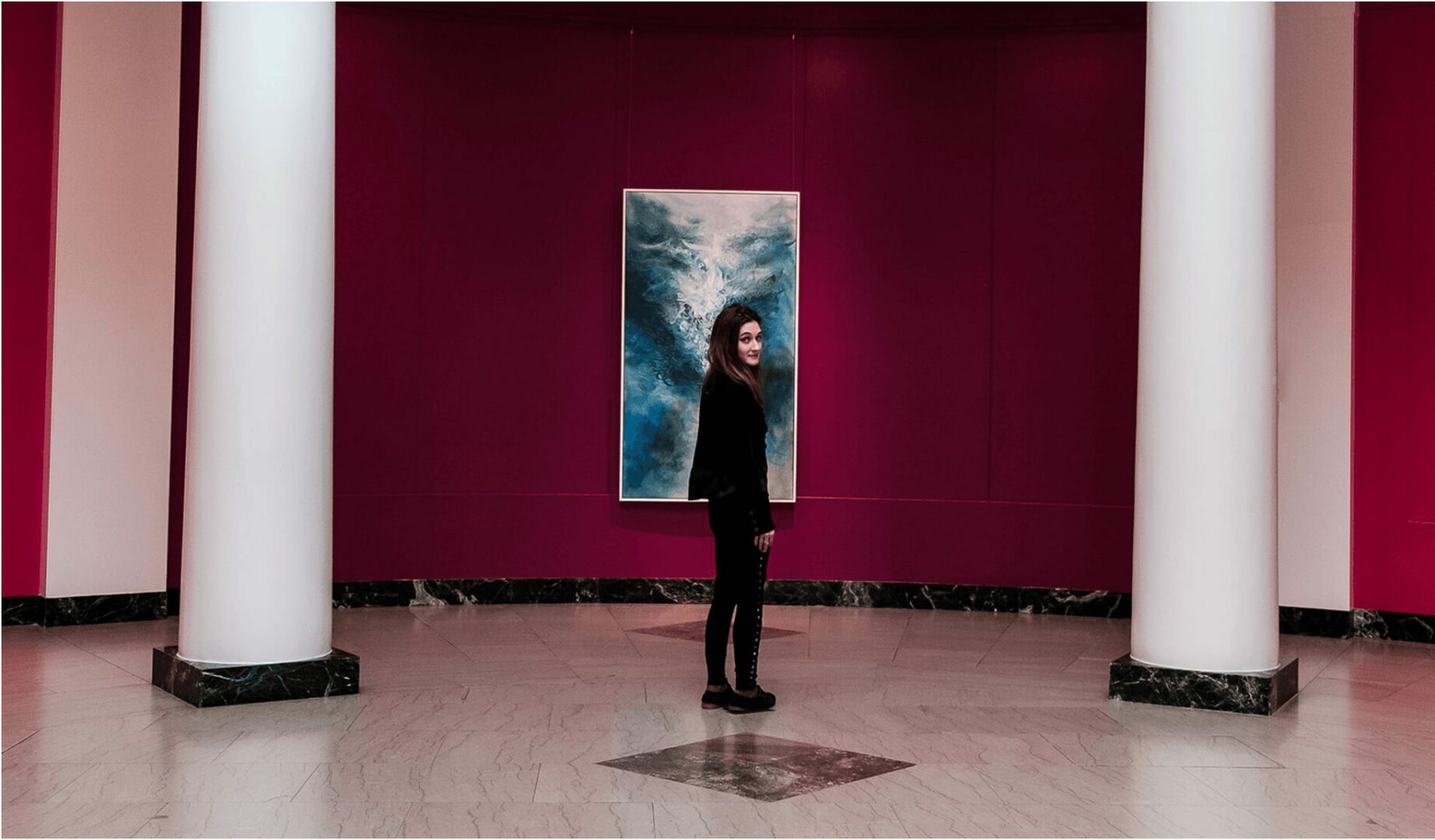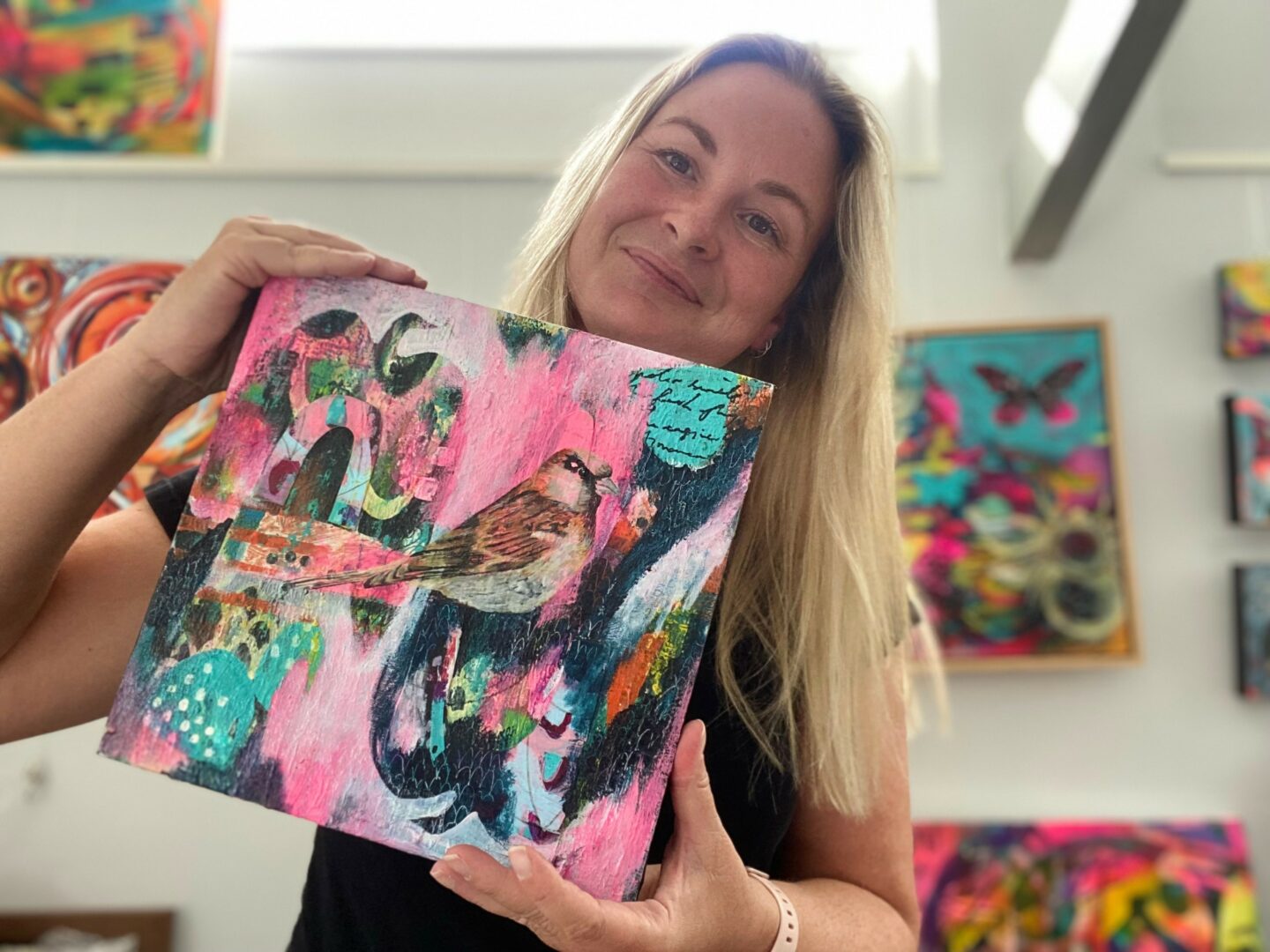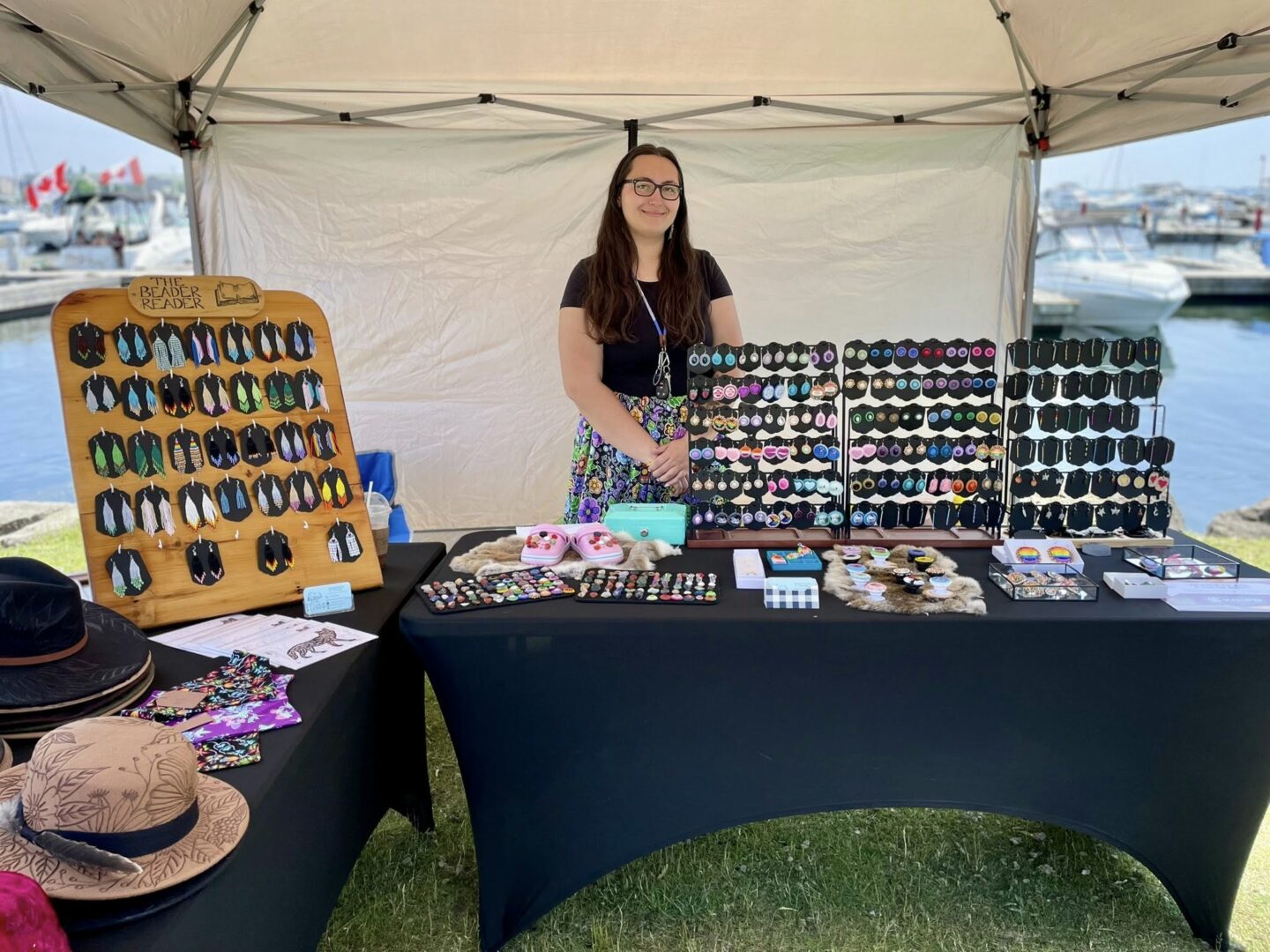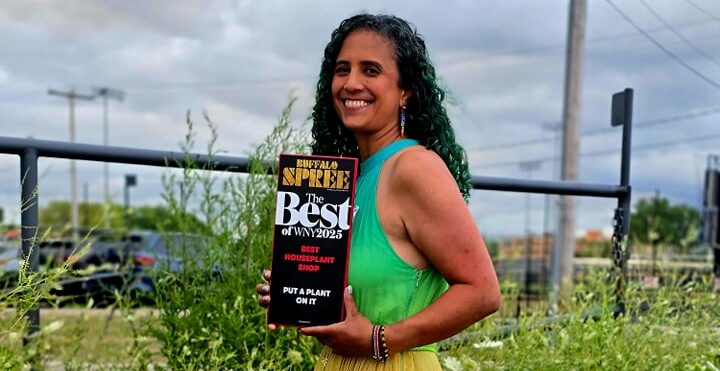Even as there is a growing recognition for the need for representation, there are still many cases where folks will find themselves as the only person in a room representing their particular demographic – and often there is pressure to perform in such contexts to prove competence not just for yourself but for everyone who is like you. The burden and the stress of being the “representer” is real, and so we wanted to create a space where folks can discuss who they go about ensuring they are effective and successful even in contexts where no one else on the team or in the room is like them.
Sloka Bharat Shah

At SCAD and during my time at Kate Spade, I’ve often been the only Indian woman in the room : whether it was a design critique, a production meeting, or a leadership discussion. Early on, this felt intimidating as I was very shy and conscious about my presence. I questioned if I belonged there. But over time, I’ve realized that my background, identity, and cultural perspective are exactly what makes me valuable in these spaces. Read More>>
Yuliia Borodai

When you’re the only person in the room who’s different — in background, perspective, or experience — it’s not always easy. Especially in a new country, with a different language and culture. But I’ve learned to turn that into strength. Being ‘not like everyone else’ means you see differently, feel more deeply, and bring something unique to the table. Read More>>
Fonda J. Royster
Being the only one in the room has taught me to turn visibility into power. I’ve learned to carry the weight of representation with pride, not pressure. I stay grounded in my values, speak up with clarity, and rely on the strength of my lived experience to offer perspectives others may overlook.
I prepare thoroughly so that my voice isn’t just heard, but respected. I build alliances even when there’s no immediate cultural common ground, because success often depends on finding shared goals. And when I face bias or isolation, I don’t shrink. I show up even more authentically, knowing I’m paving the way for others. Read More>>
Britni Bolieiro
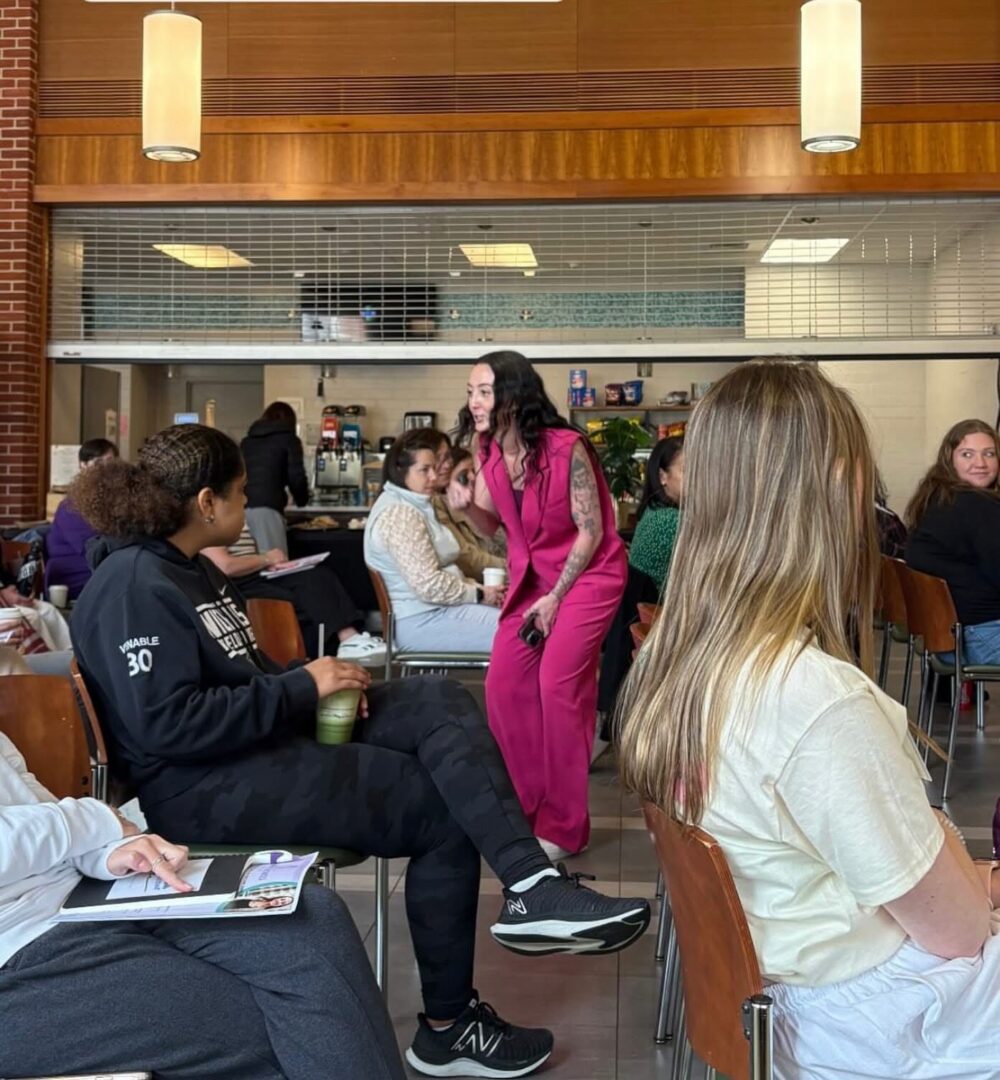
Whew, this one is powerful. ‘Being the only one in the room’—that hit me.
First, I want to start by saying: you get to decide what success means to you. You get to rewrite that story. Because we’re all taught, especially growing up in America, what success is “supposed” to look like—go to college, get the job, buy the house, get married, have kids. But real talk? That’s their story. Not necessarily yours. Read More>>
Clair Belleveau
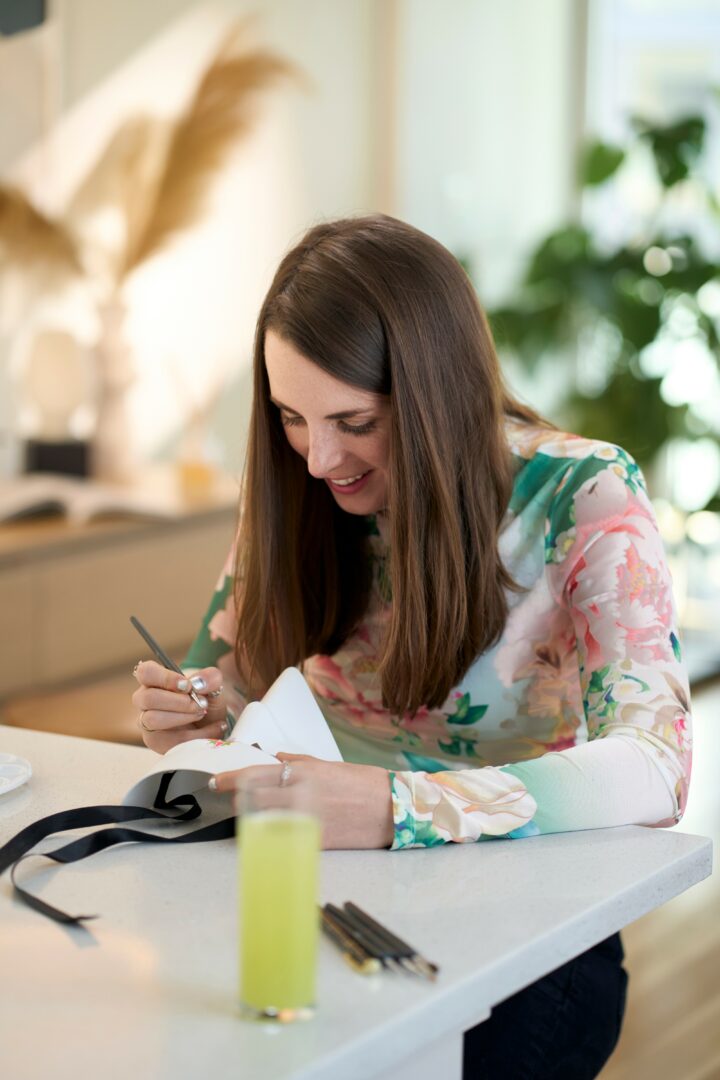
I feel it’s as exact + delightfully worded in the question — I’m the only one like me in the room — so being a concoction only I can offer is the superhuman power to my idea of success.
Being completely unique, your own flavor, your own brand, already opens the pathway to being effectively successful, because I choose to act in whitespace willingly to actively, purposefully do it differently. I have found that other creatives, individuals + groups, resonate much quicker when your brand comes from a place of personal means, because your idea, your brand is an inspiration from or an embodiment of you. Read More>>
Roya
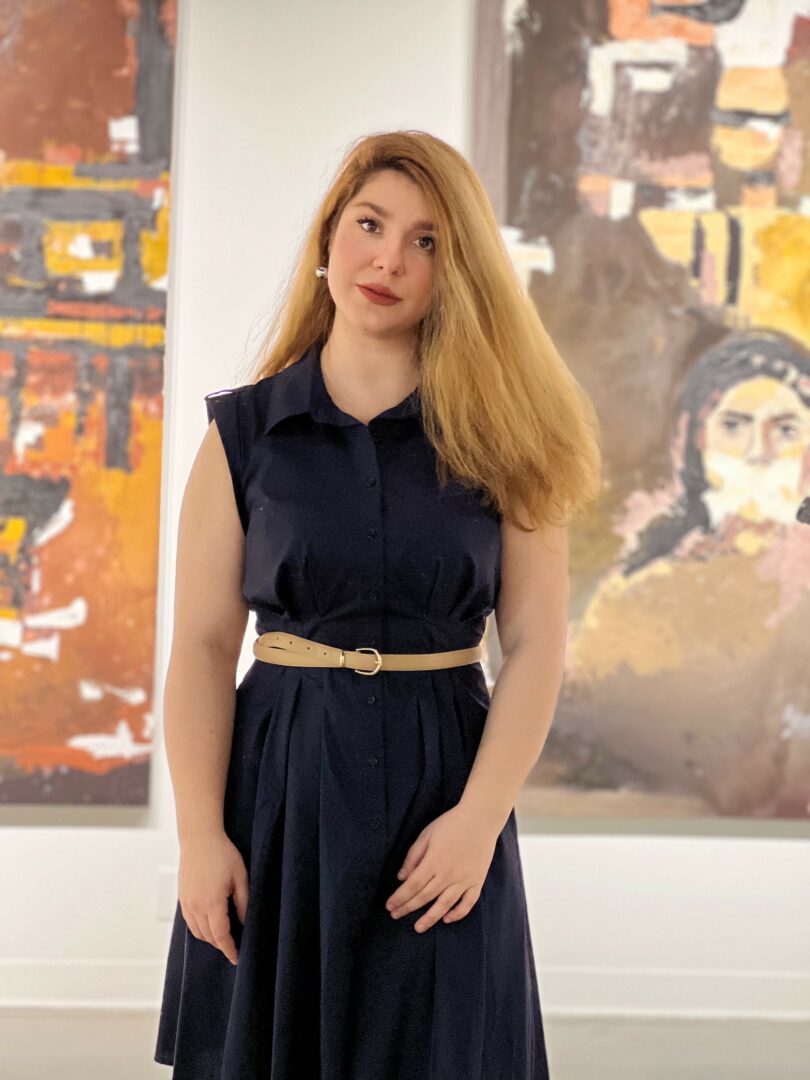
Being the only one in the room who looks like me hasn’t always been easy, but it’s taught me how to trust myself and speak up even when it feels uncomfortable. I’ve learned to see my difference as a strength , it gives me a unique perspective and a reason to stay grounded in who I am. Over time, I’ve gotten better at finding common ground, building connections, and letting my work speak for itself. It’s made me more confident, more adaptable, and more driven to create space for others, too. Read More>>
Tiera Sprauve

I’m not sure about the first part, “being the only one in the room”. However, when I’m in a room and I’m the only on in the room that looks like me, I observe, and I figure out my niche. I believe we all have an ability to offer unique perspectives, experiences, and skills to anything. I also believe that our roles changes in different environments. I have a habit of wanting to understand my environment, and who and want I’m working with, so I know how I can be of service, or if my role in this instance is to be that of a supporting cast member. Read More>>
Stephanie Hall

As a black woman that has worked in the corporate I.T. field for 16 years, most of the time, I was the only one in the room that looked like me.
According to the Centre for Women and Information Technology, of the 25% of all women working in tech, only 3% of them are black women. Read More>>
Kristi Mishaw
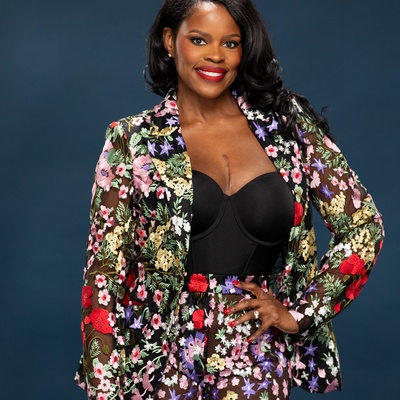
I’ve learned to be successful and effective in rooms where I’m the only person who looks like me by owning my presence and focusing on what I bring to the table. I walk in prepared, with confidence in my knowledge, my work ethic, and my purpose. Early on, I realized that I can’t shrink myself to make others comfortable—and I won’t. Instead, I lean into my difference as a strength. Being the only one in the room doesn’t intimidate me—it motivates me to excel, to represent, and to open the door wider for the next person. I’ve also learned the power of listening, observing the room, and adding value in a way that’s undeniable. Read More>>
Denisa Kim

I was born in South Korea and raised in Romania—two places where identity, language, and expectations rarely aligned. I grew up navigating the in-between, learning early on how to adapt, observe, and carve space where none was given. I became the first engineer in my family and later found myself studying and working in industries that were overwhelmingly male and often privileged—rooms where I rarely saw anyone who looked like me or shared my story. Read More>>
Kimberly Robinson

Imagine a room full of suits—gray, navy, tailored—where the air is thick with polished professionalism and unspoken expectations. At the center stands a woman who doesn’t quite blend in, but stands out—not just in appearance, but in purpose. That woman is me. Being the only one in the room who looks like me has never been easy, but I’ve learned that comfort was never the goal—impact was. From boardrooms to classrooms, I’ve walked into spaces as the outlier: a woman, a single mother, a survivor, a leader. Read More>>
Justine Clarke
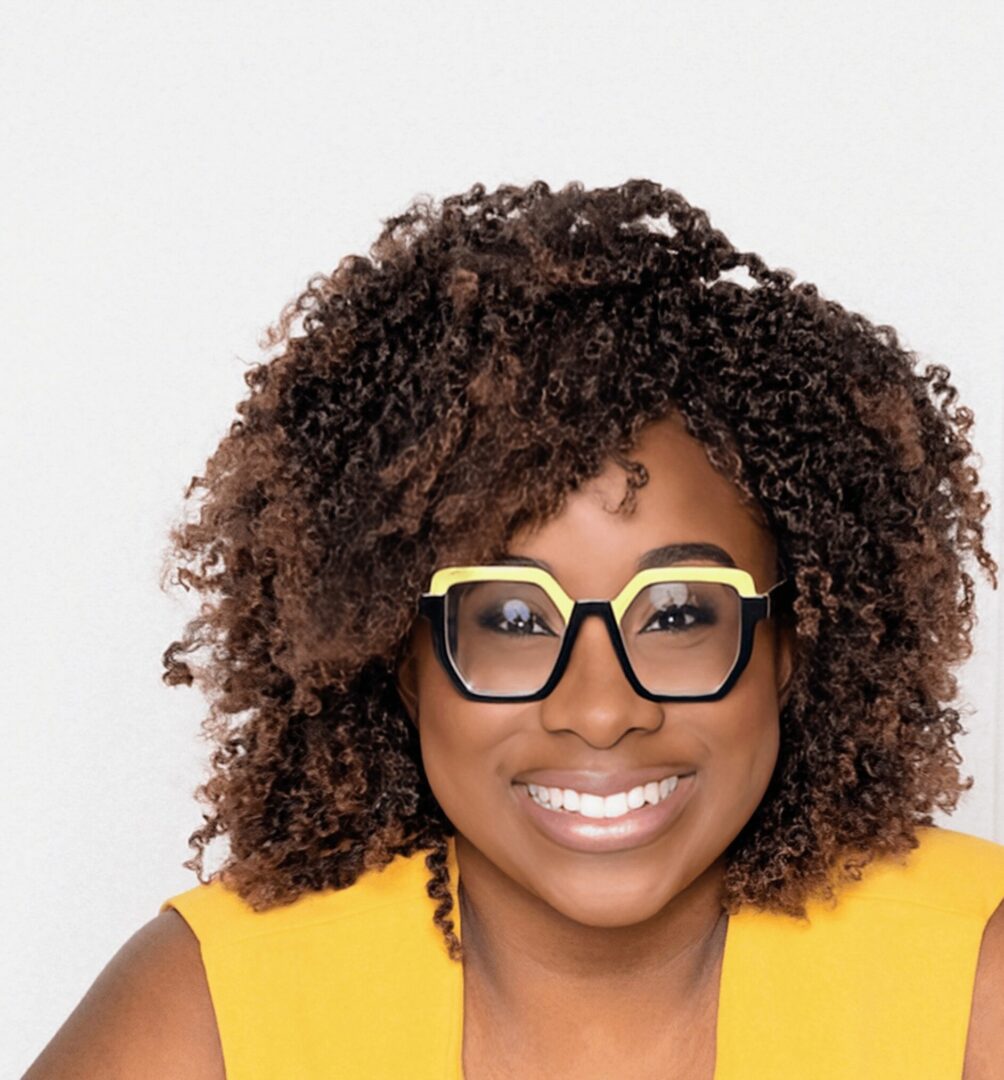
Standing in Itakura, Japan, and again in the electric heart of Akihabara, Tokyo’s buzzing tech district, I was surrounded by neon signs, unfamiliar characters, and curious stares. I barely spoke the language, but I knew something to my core: what it feels like to be the only one in the room like you.
There’s a silence that gathers in those moments. Not the kind that comes with solitude, but the kind that comes when you’re unseen. That month in Japan wasn’t just travel. It was a mirror. I realized I didn’t need to fit in to move forward. Sometimes, presence is enough. Listening is enough. And building systems whether mental, emotional, and practical became my way of navigating unfamiliar terrain. Read More>>
Carly Sioux
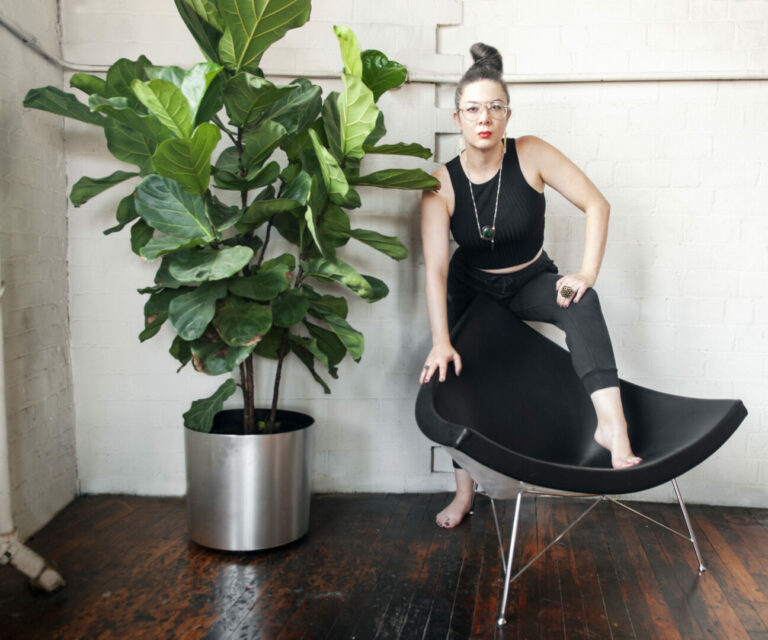
I stopped trying to blend in. For a long time, I thought success meant shrinking myself to fit into rooms that weren’t built with me in mind. I’d show up, get overlooked, get passed over, and wonder if I needed to be more polished, more palatable. But the truth is, I’m not here to match the room—I’m here to change what the room looks like. Read More>>
Larissa Riley

If only I could count the number of times I’ve been the “only” in the room! Whether it was being the only female, the only creative, the only person of color, I’ve experienced “only-ness” early and often throughout my life. I’ve found ways to be effective and successful in spite of it, though. Read More>>
Keysha Darby
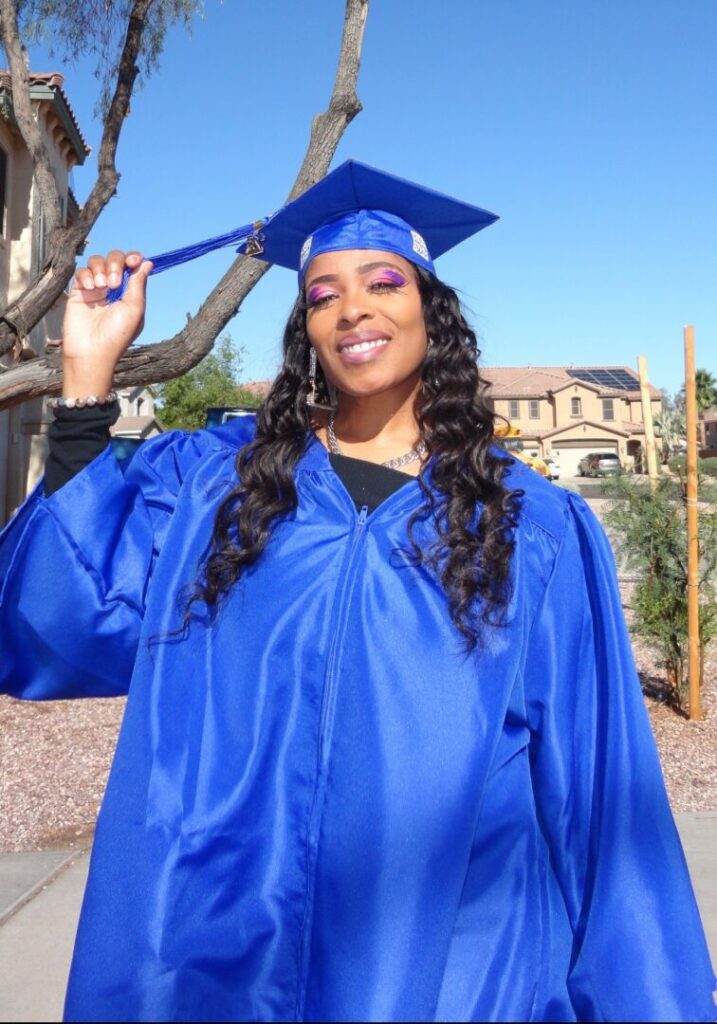
Owning my space! That has not come easy. Overcoming being the only one who looks like me in the room requires resilience, self-confidence, believing in myself, Having the mentality that when I walk in a room know and trust that God sent me there. Carrying my strengths and bold personality, facing fears head on in each step I take. Trusting the process, reminding myself to activate my faith. If this is the one shot, I have to fulfill Gods purpose, I need to take it, own it, and do what it is God has called me to do. Read More>>
Danah Jarbouh

While writing this article, I realized there’s no secret formula for overcoming adversity, as each case is different… but in my case, walking away and waiting was the best thing I could have done. Not fighting at school or insulting my family. I just had to wait and learn to love myself until the time came to let it all go. Under any circumstance, we must be patient and reserved. Right now, I haven’t found a place where I feel welcome or welcomed, a place that would be empty and irreplaceable once I leave… Read More>>
Salena Arkoub

I’m a 19 year old makeup artist and currently preparing to start my second year of college. Alongside school, I juggle multiple side hustles—including helping run my family’s business, Aroma House, which specializes in Middle Eastern fragrances. I also model and occasionally create content on social media. Since I chose to wear the hijab, I am a visibly Muslim woman living in the U.S, navigating these spaces hasn’t always been easy. Read More>>
A.R. Brown
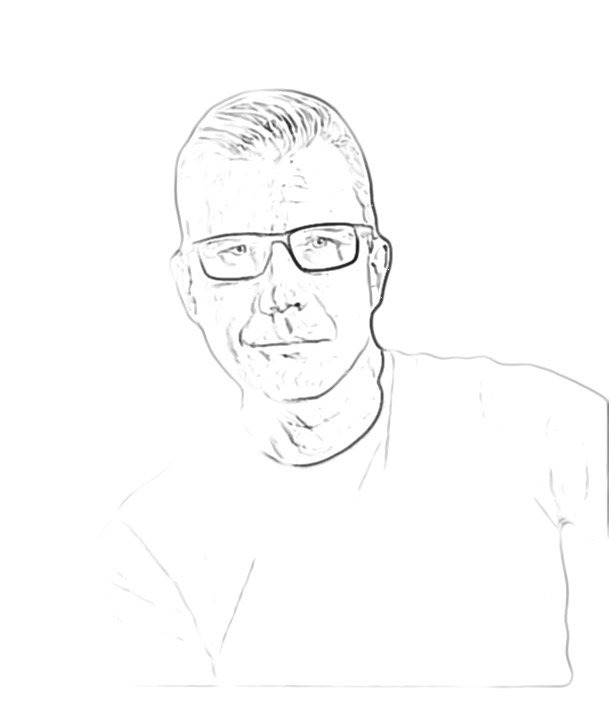
When I consider being ‘the only one in the room,’ it’s not about how I look as an aging white male; it’s about how I communicate and interact. My challenge lies in the assumptions people make based on my appearance. Instead of fulfilling the expectation of having all the answers, I actively work to empower others who might not have a strong voice. Read More>>
Aya Druid

I reframe my mindset. If I am the only one in the room who looks like me, then I have something that only I can share.
Also, asking people investigative questions- getting to know the person and listening to what they’re saying gives me insight into their possible likes and dislikes. Those details help me point them to something I have that aligns with whatever they’ve told me so far, and I make sure to tie that back into our conversation. It shows them that I’m present and absorbing what they’re sharing, which is important from both the selling and the personal side. Read More>>
Cei Lambert
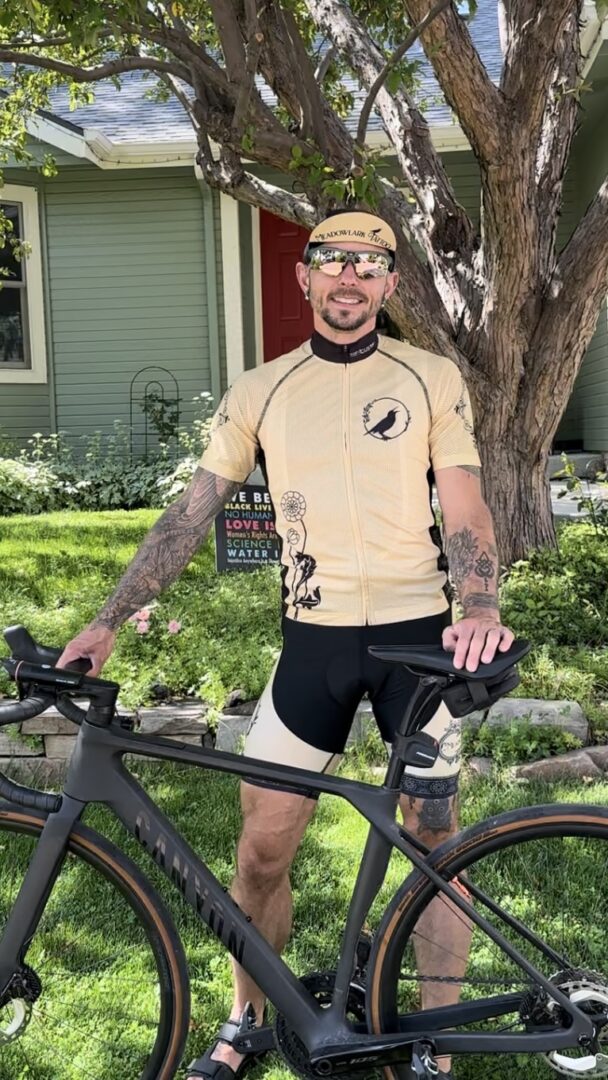
As a hybrid professional I find myself in many different spaces, and they all have social expectations for the “kind” of person who should be there. In none of my work do I fit the mold: I’m a very mild looking tattoo artist; I’m a very wild looking public health professional; I’m at once too professional and too tattooed for academia. On top of that, I am shorter than most men, I’m bald, I look younger than I am until you see the wrinkles around my eyes, and nothing about how I got to where I am today follows any kind of paved road. Read More>>
LaDaryn Lockett

I’ve always prided myself on my ability to communicate my thoughts and ideas. I’ve grown up hearing how articulate and well spoken I am, especially about topics I’m passionate about. In school, I would often spend time with my science teachers, history teachers, and English literature teachers after class, further discussing nuances in the topic that day. Read More>>
Julia Hochstadt

Over the course of my career as a licensed clinical social worker, I’ve often found myself being the only person in the room who looks like me — whether that’s in clinical settings, courtroom testimony, or leading trainings for professional teams and community groups. I specialize in working with survivors of childhood sexual abuse, sexual assault, and intimate partner violence — subjects that are deeply painful and often difficult for people to engage with. Read More>>
Renia Bigham
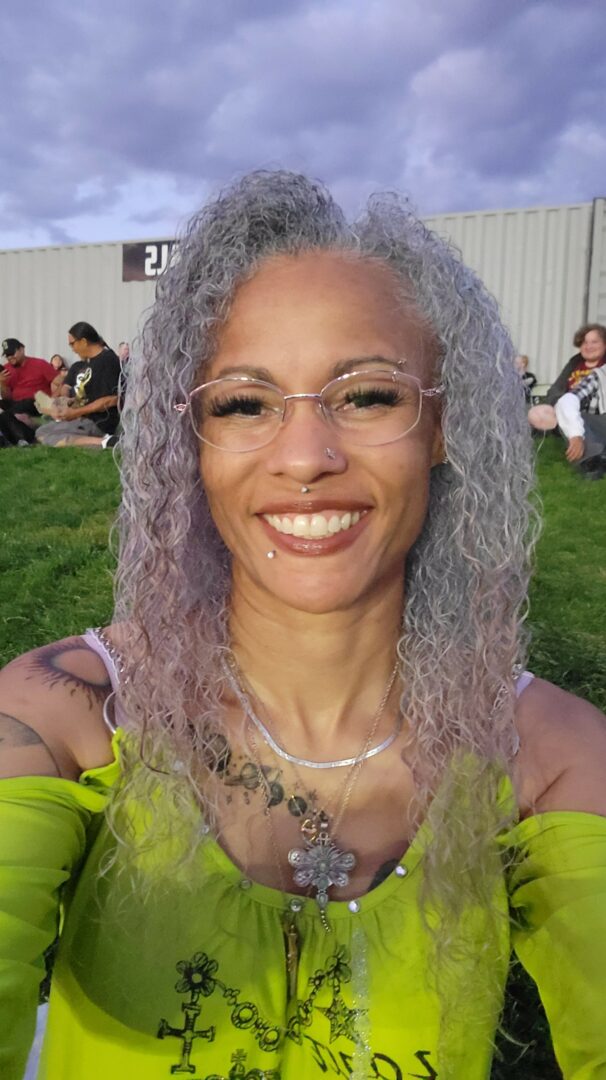
I have learned through my entire life of being the only one in the room that looks like me that the best way for me to be effective/successful is to be authentic in who I am. Worrying about what others think or feel about me doesn’t help me. I need to validate myself and not be so engrossed in others validating me, I am grateful though to those that do validate me. I am kind to people that I come into contact with and I am genuine with people. Read More>>
Marcia Mehrali
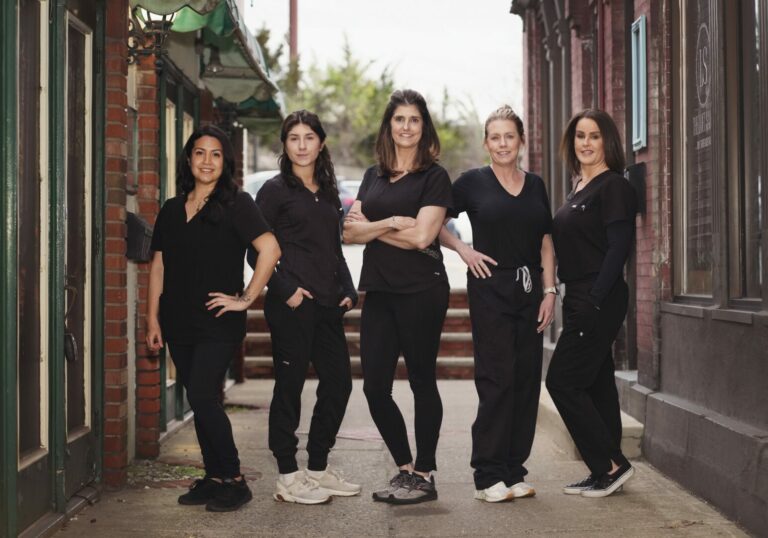
Being the only one in the rom has taught me how to lead without a blueprint, to speak up even when my voice shakes and to trust my instincts when no one else shares my perspective. I have learned to turn isolation into innovation-carving out space not just for myself but for others coming after me. Success didn’t come from fitting in; it came from standing out, staying grounded in my values and showing up with resilience that only comes from walking an unpaved path. Read More>>
Samuel “N.A.$.A” Wright
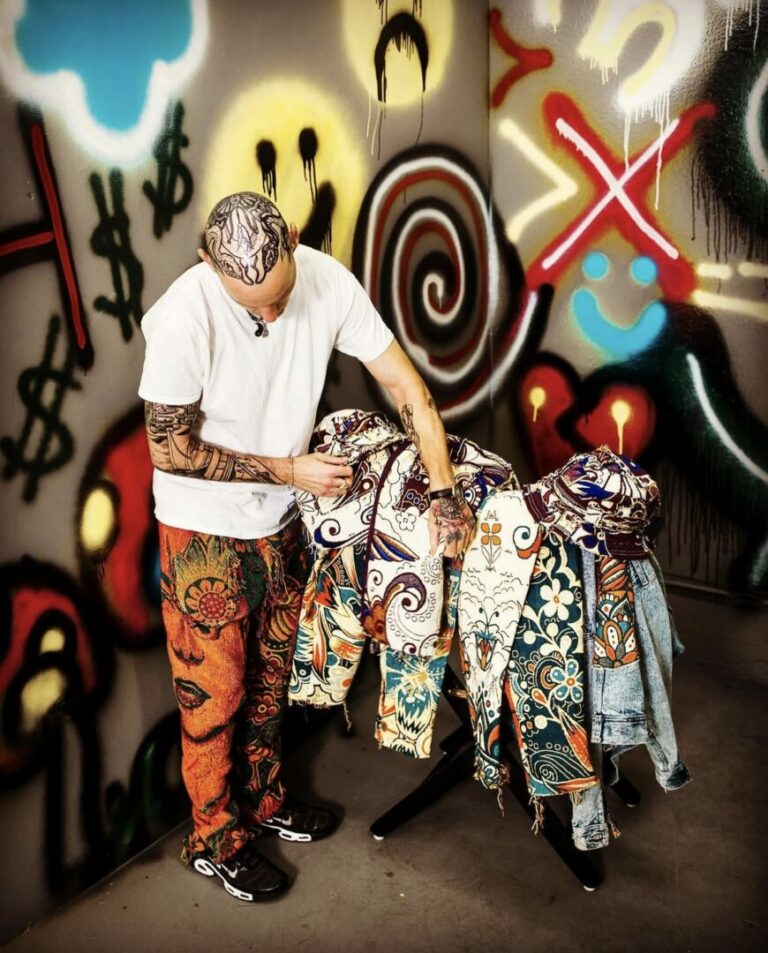
When I found my righteous path within being an artist, I asked myself the question what would you do if nobody’s opinion no money no respect no one on earth else existed. That question has guided me when the going has gotten tough late nights turned to later nights and challenges have risen. Looking inward for the confidence to keep going has always been my answer because when you’re path is truly righteous, you remember what you started it all for and that gave me the will to keep going. Read More>>
Sarah Alcide

Because I’m coming from a resilient culture as Lebanese, Moroccan, and French, I’ve learned to carry strength, pride, and adaptability wherever I go. I speak four languages, and since the age of 24, I’ve built — and lost — multiple businesses. Those experiences taught me how to rise, rebuild, and lead with integrity and clarity. Read More>>
Christina Chang
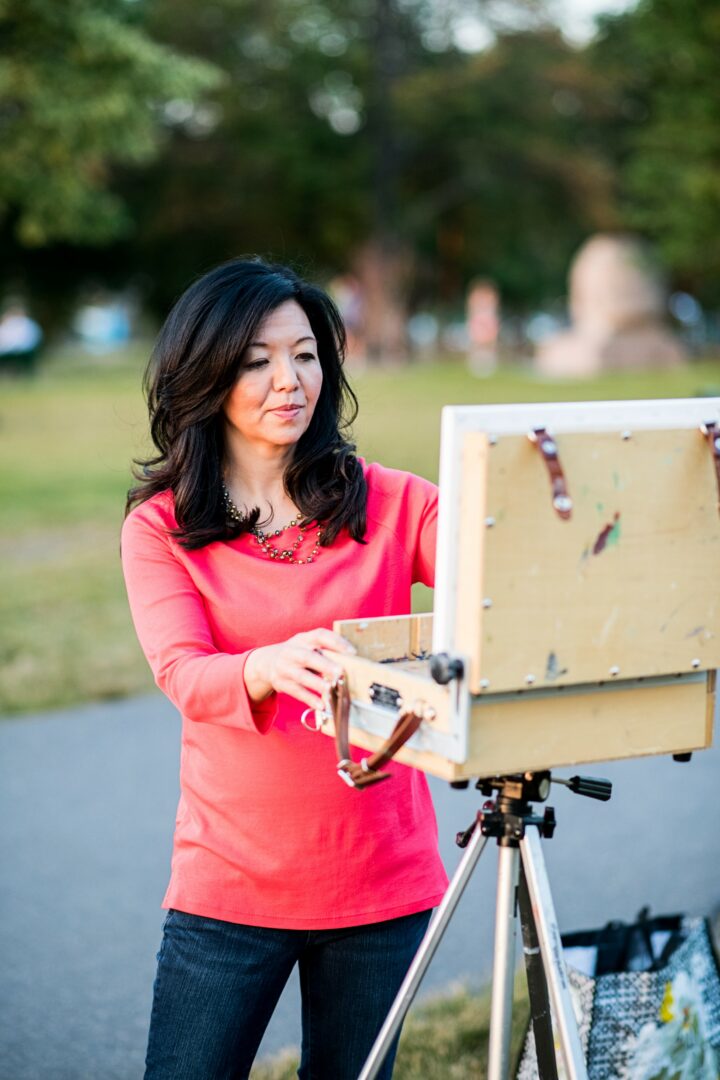
Being the only one in the room is never easy. As an Asian American woman, I’ve found myself in that position more times than I can count. It can be intimidating, but over time, I’ve learned how to turn that moment into an opportunity.
My go-to move? I smile. A genuine smile can instantly ease tension—not just for others, but for me, too. It releases feel-good hormones and opens the door for connection. From there, I look for ways to engage. I might compliment someone on something I noticed or ask a thoughtful question. Read More>>


